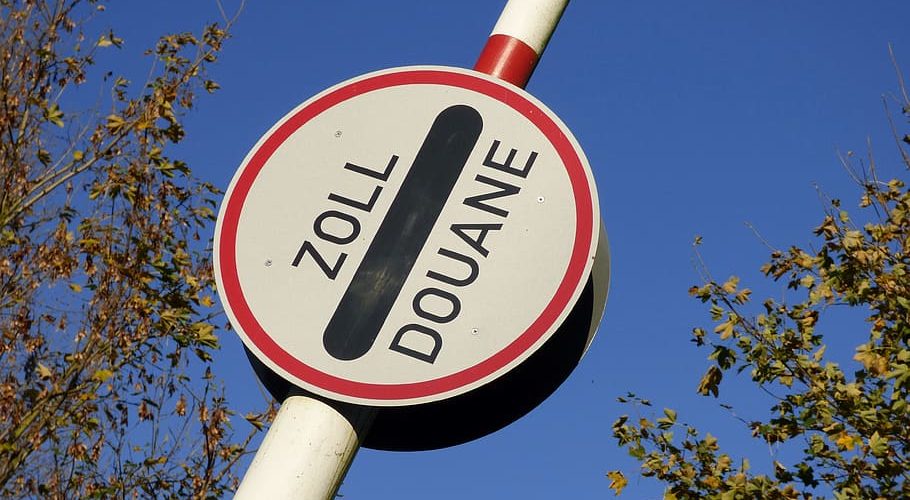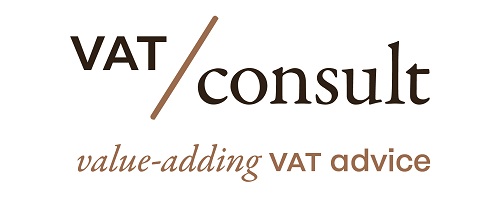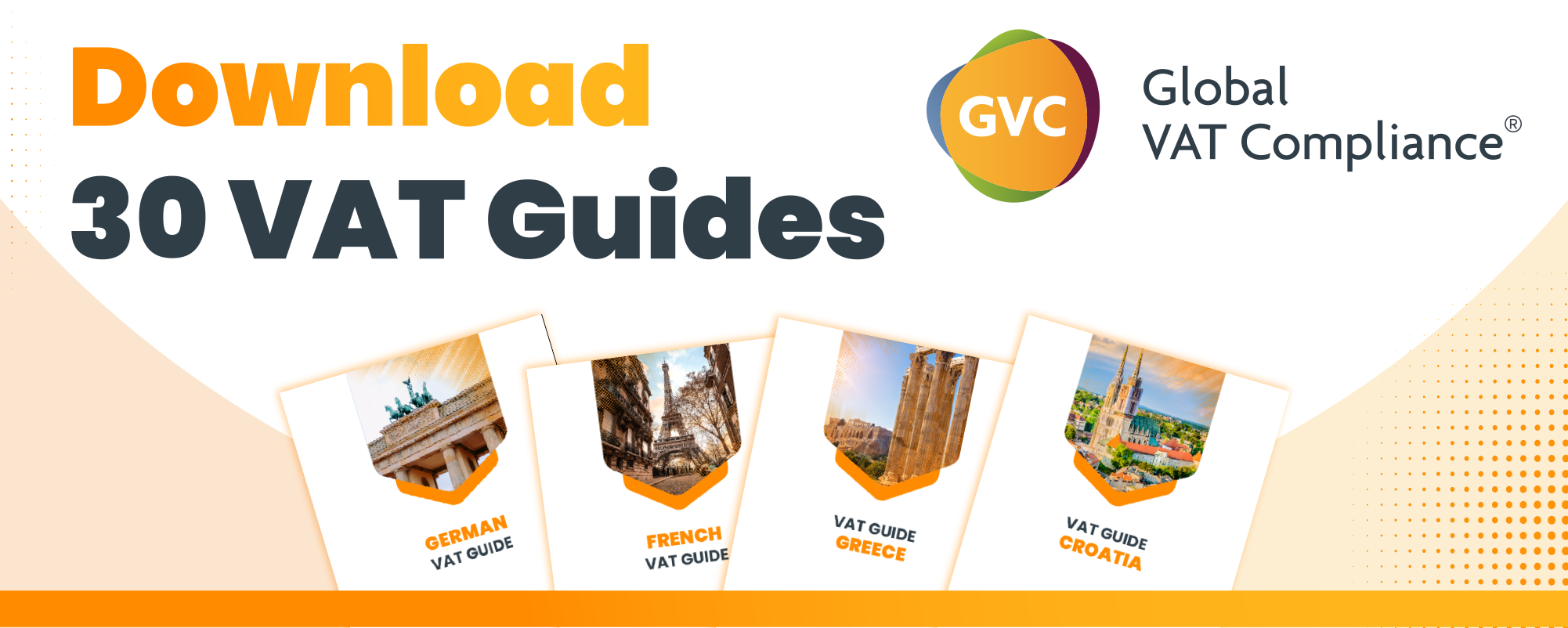On February 9, 2023, the ECJ issued its decision in the case C-635/21 (LB GmbH (Air loungers)).
Context: Reference for a preliminary ruling – Customs union – Common Customs Tariff – Combined Nomenclature – Tariff classification – Heading 9401 – Scope – Air sofas (‘air loungers’)
Facts
- In July 2017, LB declared goods described as ‘air loungers’ imported from China [for release for free circulation] in CN subheadings 9404 90 90 and 3926 90 92. Those subheadings refer, respectively, to ‘other’ ‘articles of bedding and similar furnishing[s]’ not classified in other subheadings of heading 9404 of the CN and to ‘other articles of plastics and articles of other materials of headings 3901 to 3914’, not classified in other subheadings of heading 3926 of the CN, ‘made from sheet’, for which the applicable rate of customs duties on imports is 3.7% and 6.5%, respectively. The customs authorities granted that request.
- However, following a classification opinion issued by the Bildungs- und Wissenschaftszentrum der Bundesfinanzverwaltung (Education and Science Centre of the Federal Revenue Administration, Germany), in 2019 the Principal Customs Office D issued an import duty notice, stating that the goods at issue do not fall under Chapter 94 or Chapter 39 of the CN, but rather under subheading 6306 90 00, which covers ‘other camping equipment’ and in respect of which the applicable import duty rate is 12%.
- In accordance with that notice, the customs office proceeded with post-clearance recovery for the goods at issue at LB’s expense and dismissed its objection as unfounded.
- LB then brought an action before the Finanzgericht Bremen (Finance Court, Bremen, Germany), the referring court, claiming that the goods at issue were classified as ‘other seats’ falling under subheading 9401 80 00 of the CN or, in the alternative, as articles of plastics ‘made from sheet’ falling under subheading 3926 90 92 of the CN.
- The referring court described the goods at issue as a type of air sofa consisting of an inner tube made of plastic film and an outer covering made of textile fabric, which are sewn together in the closure area in such a way that air can flow into two chambers. It states that the air loungers are inflated by pulling the open end through the air and then immediately closed by rolling the opening in several times and using the quick-closing fastener so as to form a kind of recess in which a person can sit or lie.
- According to that court, the stability of the goods at issue depends on the degree of inflation; after the air lounger has initially been completely inflated, it loses air within a few hours, thereby affecting stability and making it necessary to inflate it again. Furthermore, following an inspection, that court found that, in order to achieve a stable sitting position, the user must sit in the middle, when viewing the longitudinal side, with bent legs and keeping his or her feet on the ground. Any other sitting position is unstable and risks knocking or tipping over the user.
- In order to resolve the dispute before it, which, in essence, relates to whether the goods at issue constitute an ‘other seat’ within the meaning of CN heading 9401, the referring court asks the court to determine the scope of that heading.
- According to that court, in order to be classified as ‘seats’ within the meaning of that heading and thus as ‘furniture’ within the meaning of Chapter 94 of the CN, goods which are used to equip different places must remain there with a certain degree of permanence. In addition, in order to be classified as ‘seats’, those goods must enable the person using it to sit on it in a stable manner, possibly assuming various sitting positions.
- As regards, more specifically, seats convertible into beds, also covered by CN heading 9401, the referring court mentions that the English and French versions of that heading use, respectively, the terms ‘beds’ and ‘lits’, which are generally understood to be a piece of furniture used for sleeping, lying down or resting, and as having a lying surface on which the entire body can be placed in all possible sleeping positions. It points out, first, that the terms used in those two language versions of the CN reflect the wording of the corresponding heading of the HS in its English and French versions, which are binding on the agreement that established the HS, and, second, that the German version of the CN uses a different term, namely ‘Liegen’ (loungers/couches).
- The referring court is inclined to consider that the goods at issue do not constitute seats within the meaning of CN heading 9401 because they are relatively unstable and need to be re-inflated on a regular basis, which, in its view, makes them suitable for being taken along to different places and for being used there temporarily and only to a limited extent for permanent use as articles of furniture. The referring court emphasises that the mere possibility of sitting on an air lounger is not sufficient to attribute to it a fundamental intended purpose of being used as a seat.
- It notes, however, that there are remaining doubts as to the interpretation of that tariff heading, because, at the time of the events in the main proceedings, binding tariff information issued by customs authorities of other Member States for similar goods classified such goods as ‘seats’.
Questions
Is the [CN] to be interpreted as meaning that ‘air loungers’ such as those in the [main proceedings] and as described in more detail in the order [for reference] come under subheading 9401 80 00 [of the Nomenclature]?
AG Opinion
None
Decision
Heading 9401 of the Combined Nomenclature in Annex I to Council Regulation (EEC) No 2658/87 of 23 July 1987 on the tariff and statistical nomenclature and on the Common Customs Tariff, as amended by Commission Implementing Regulation (EU) 2016/1821 of 6 October 2016, must be interpreted as not covering a type of ‘air sofa’ consisting of an inner tube made of plastic film and an outer covering made of textile fabric.
Source
Newsletters
Join the Linkedin Group on ECJ VAT Cases, click HERE
For an overview of ECJ cases per article of the EU VAT Directive, click HERE














